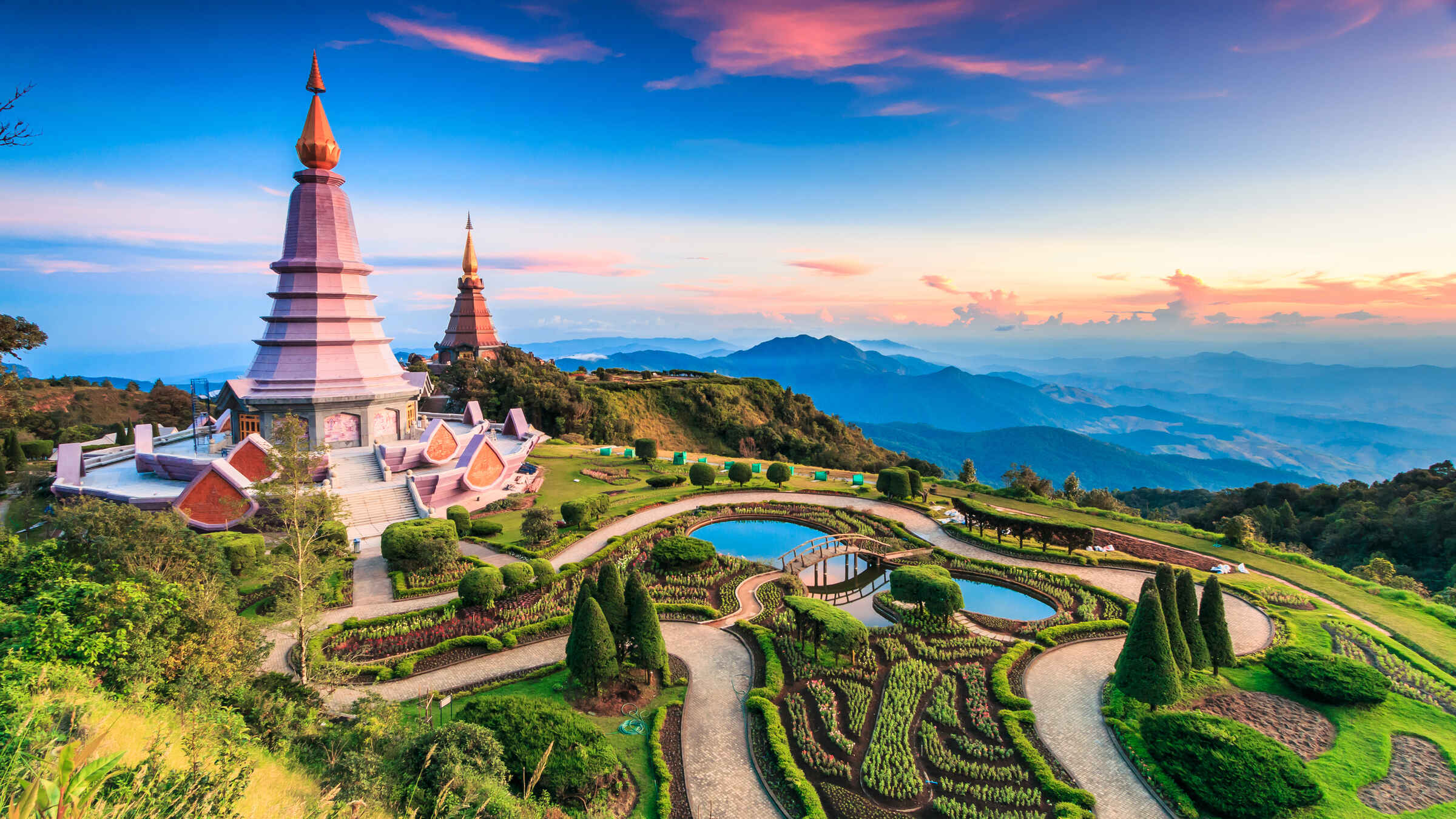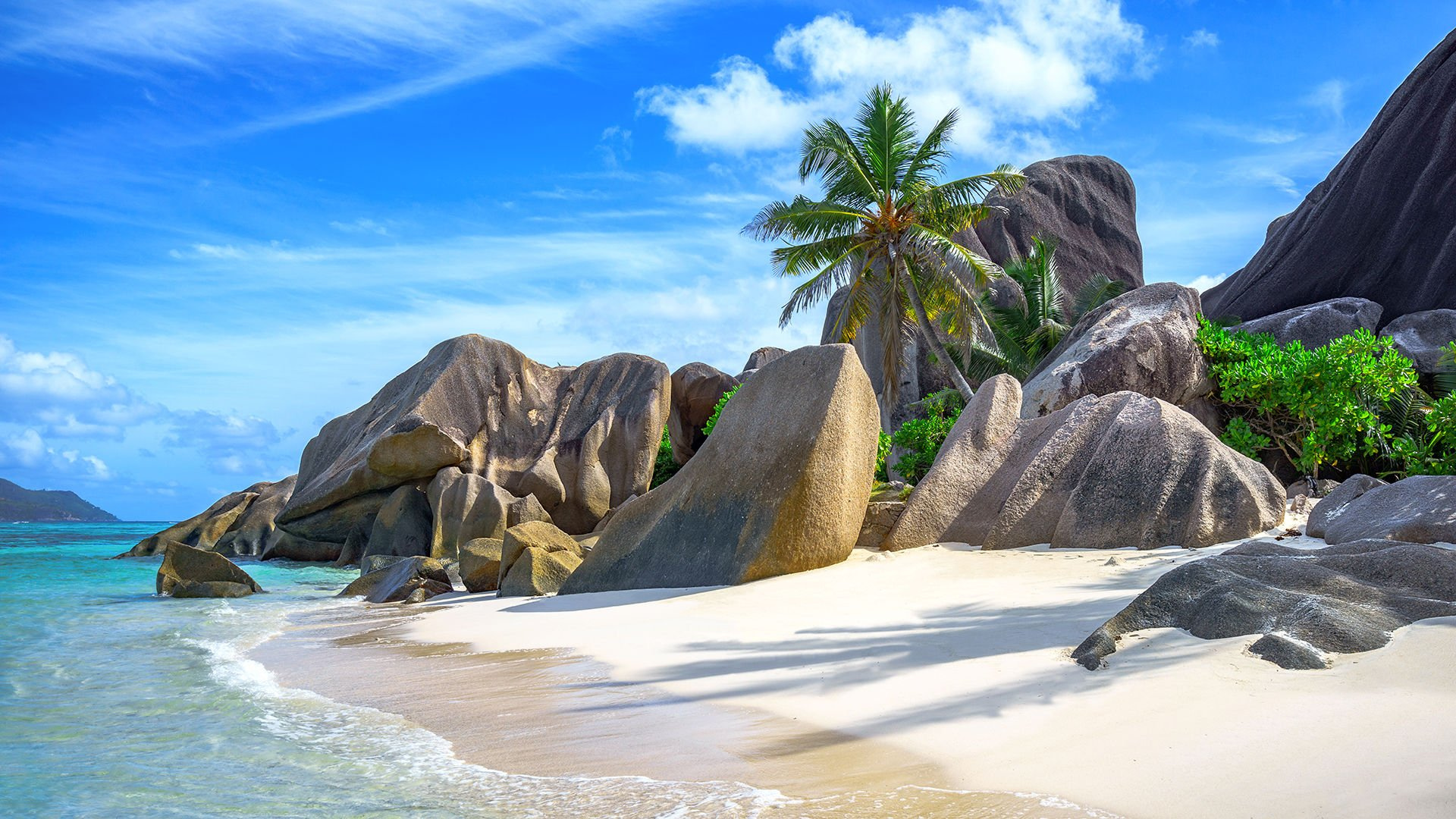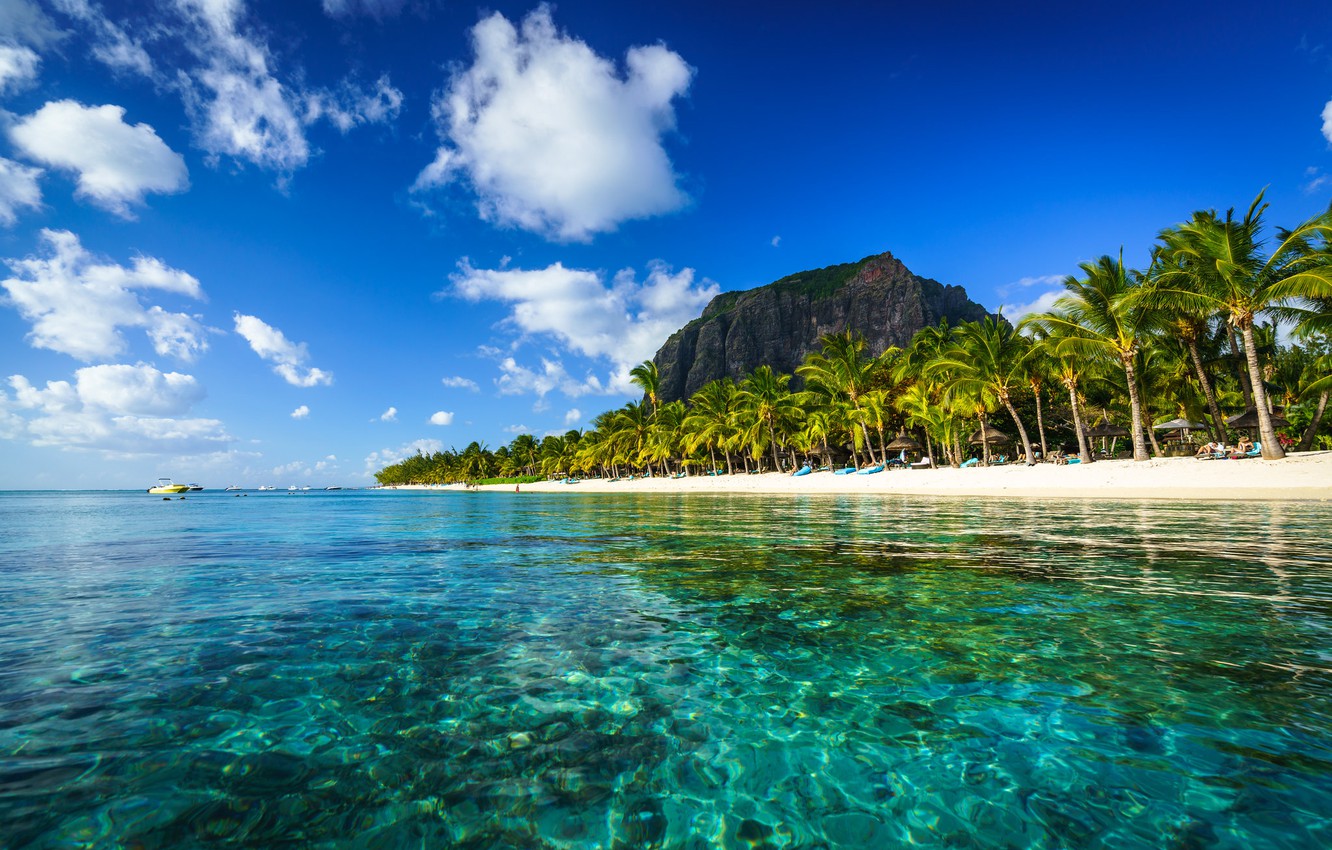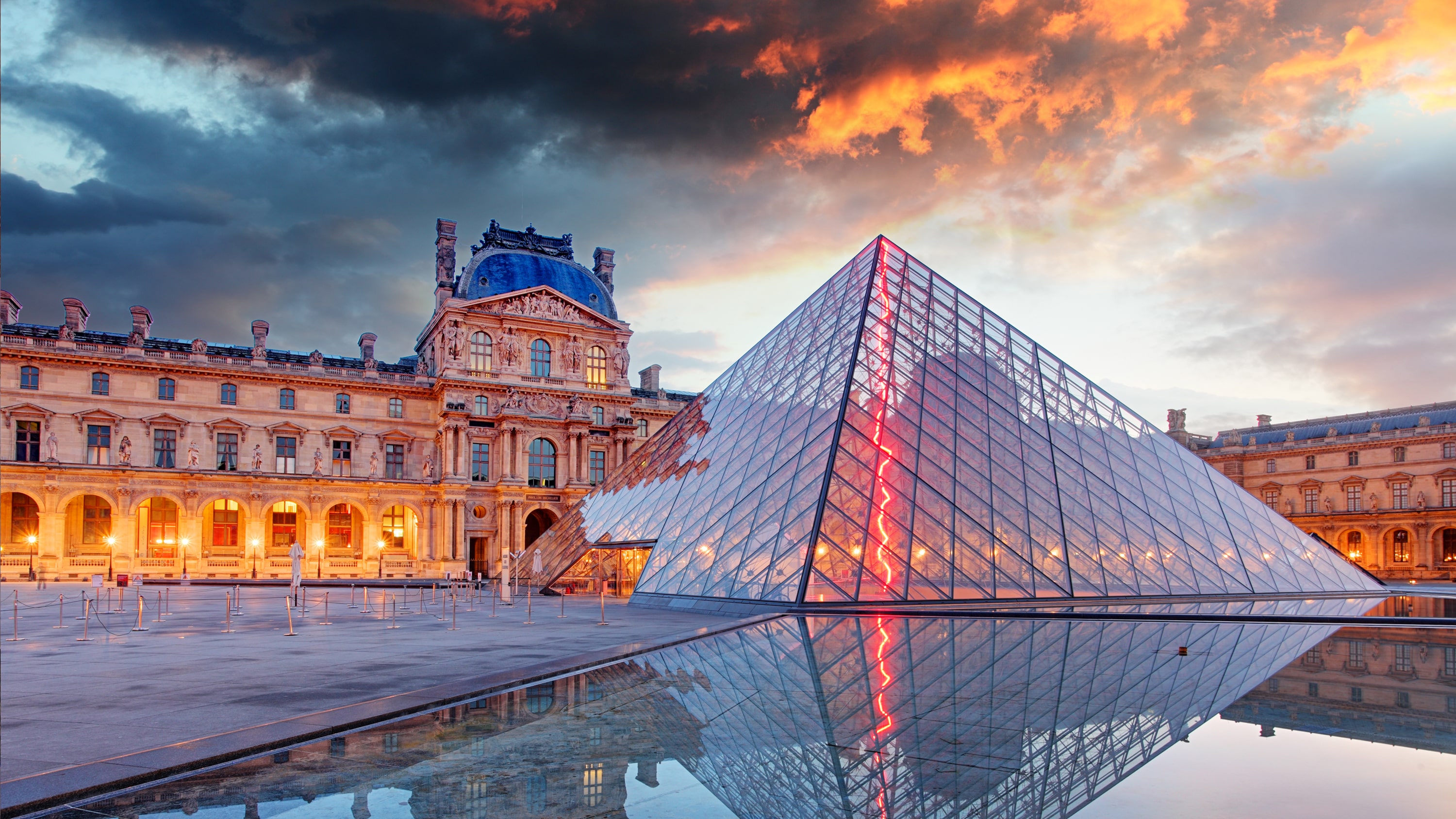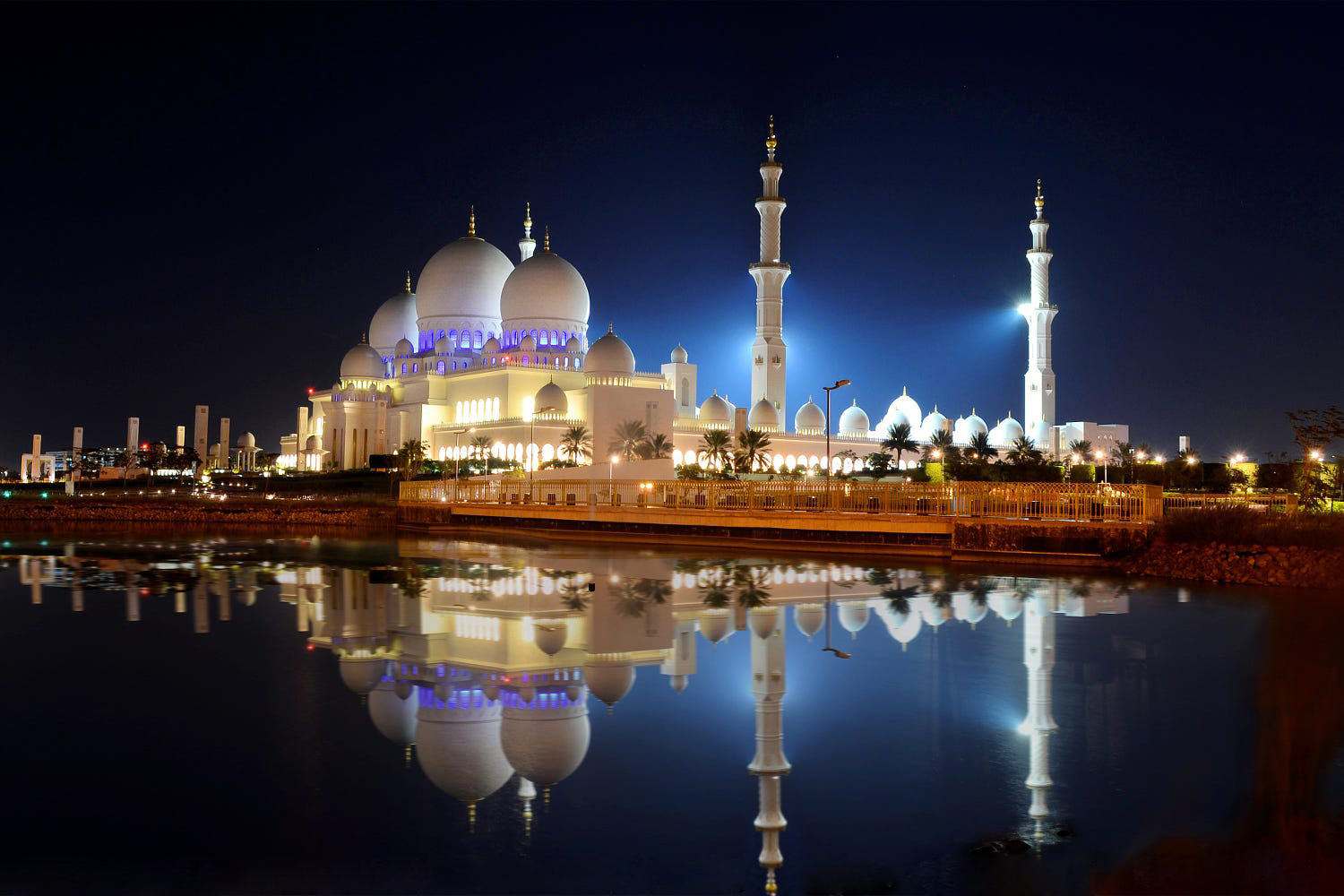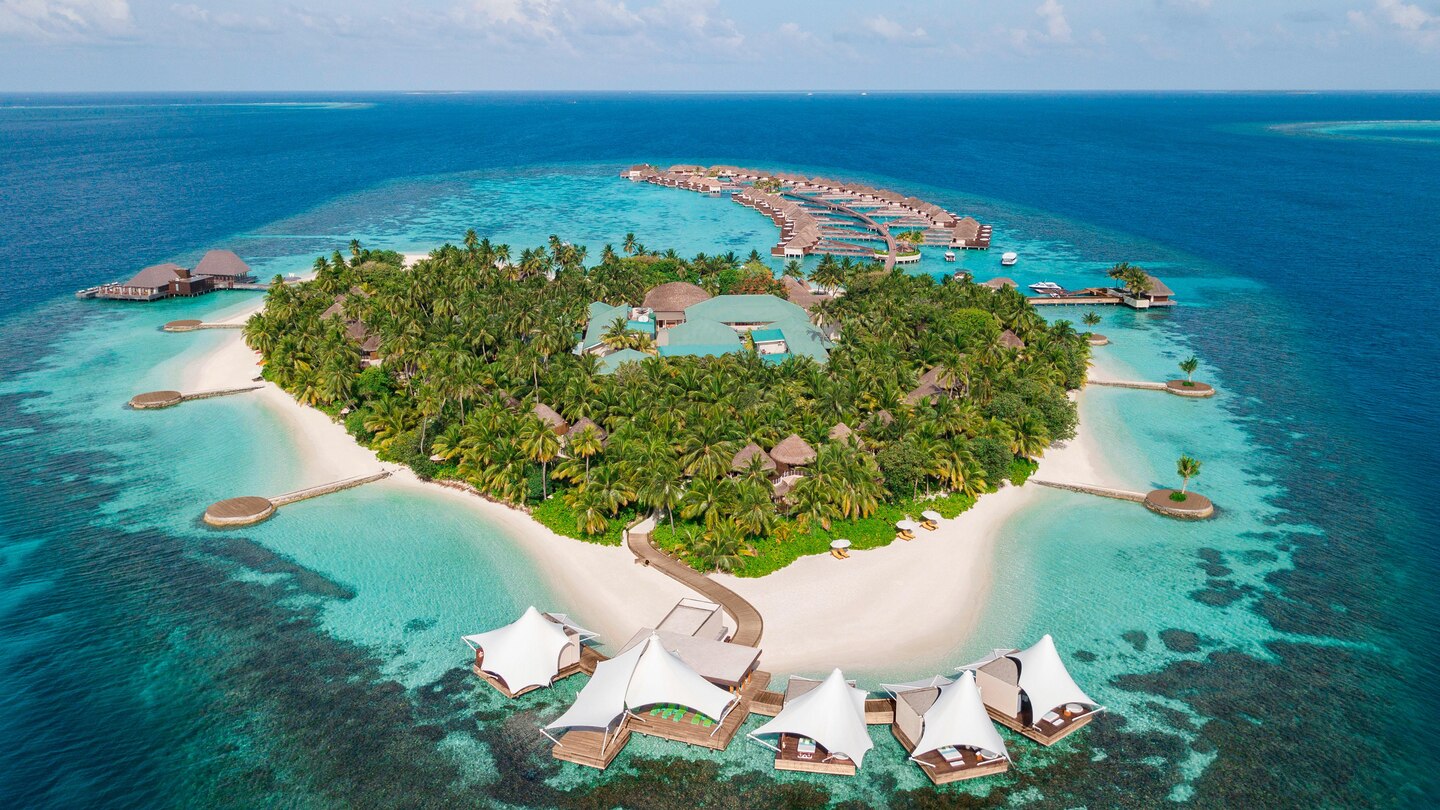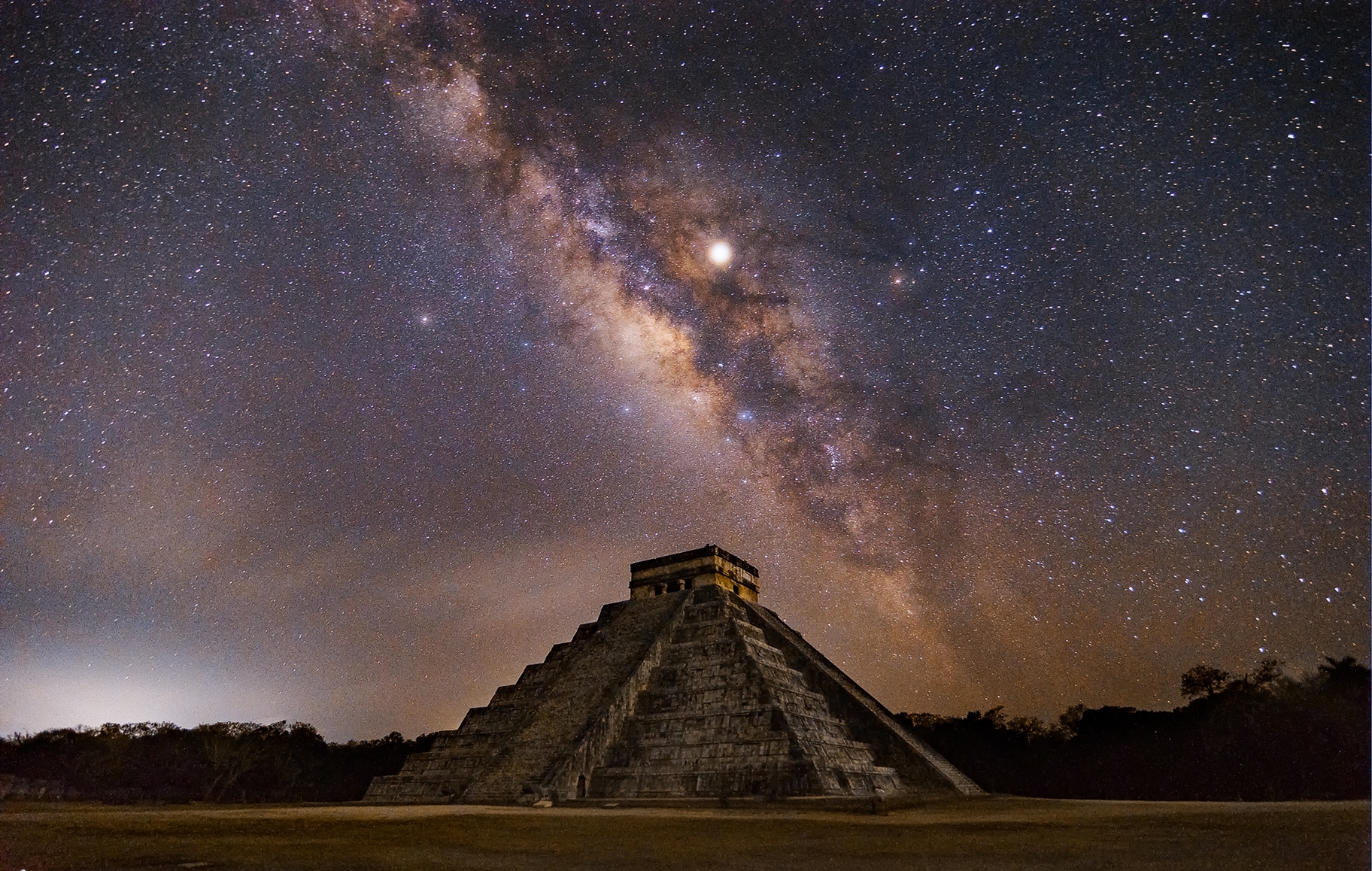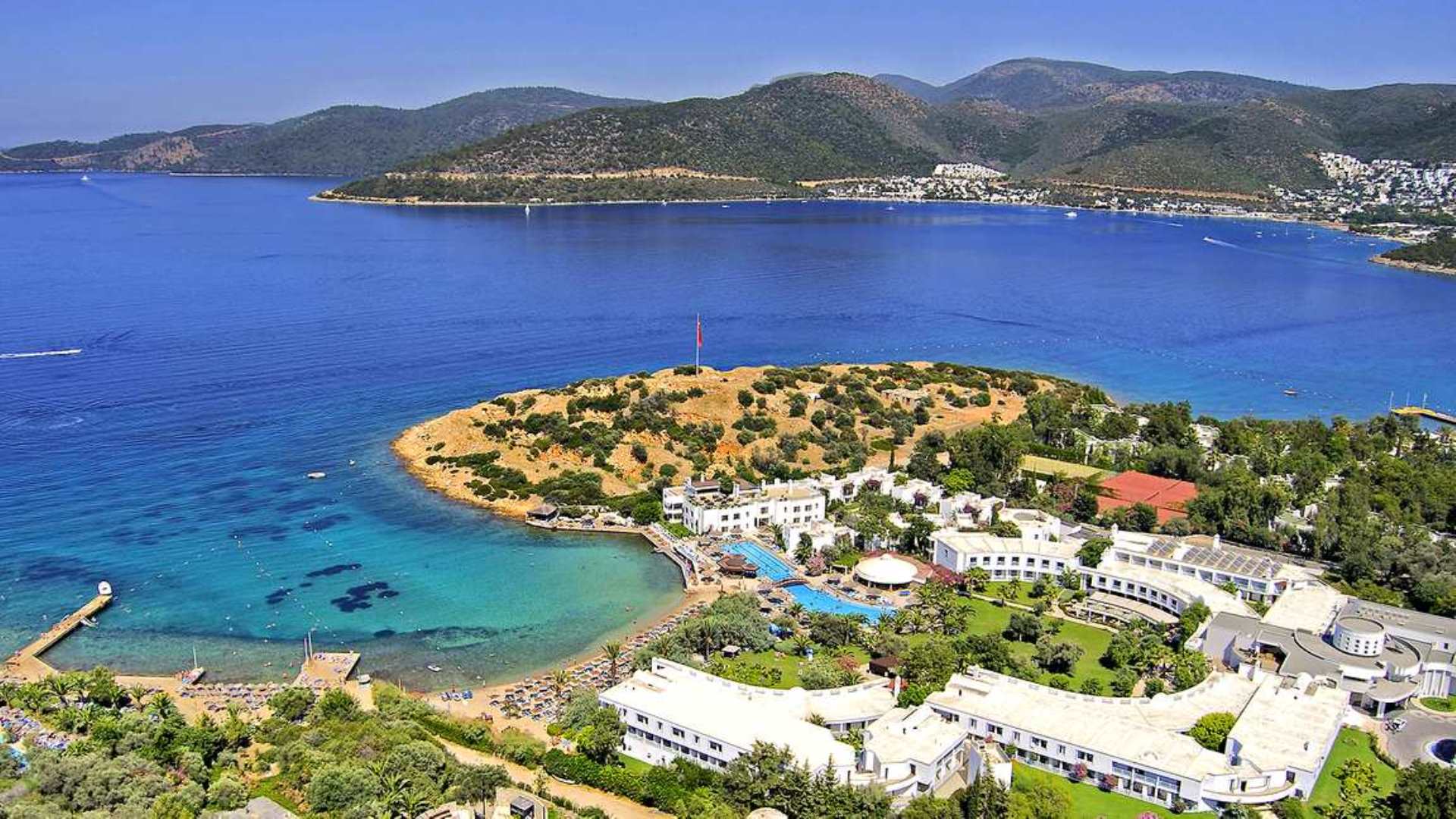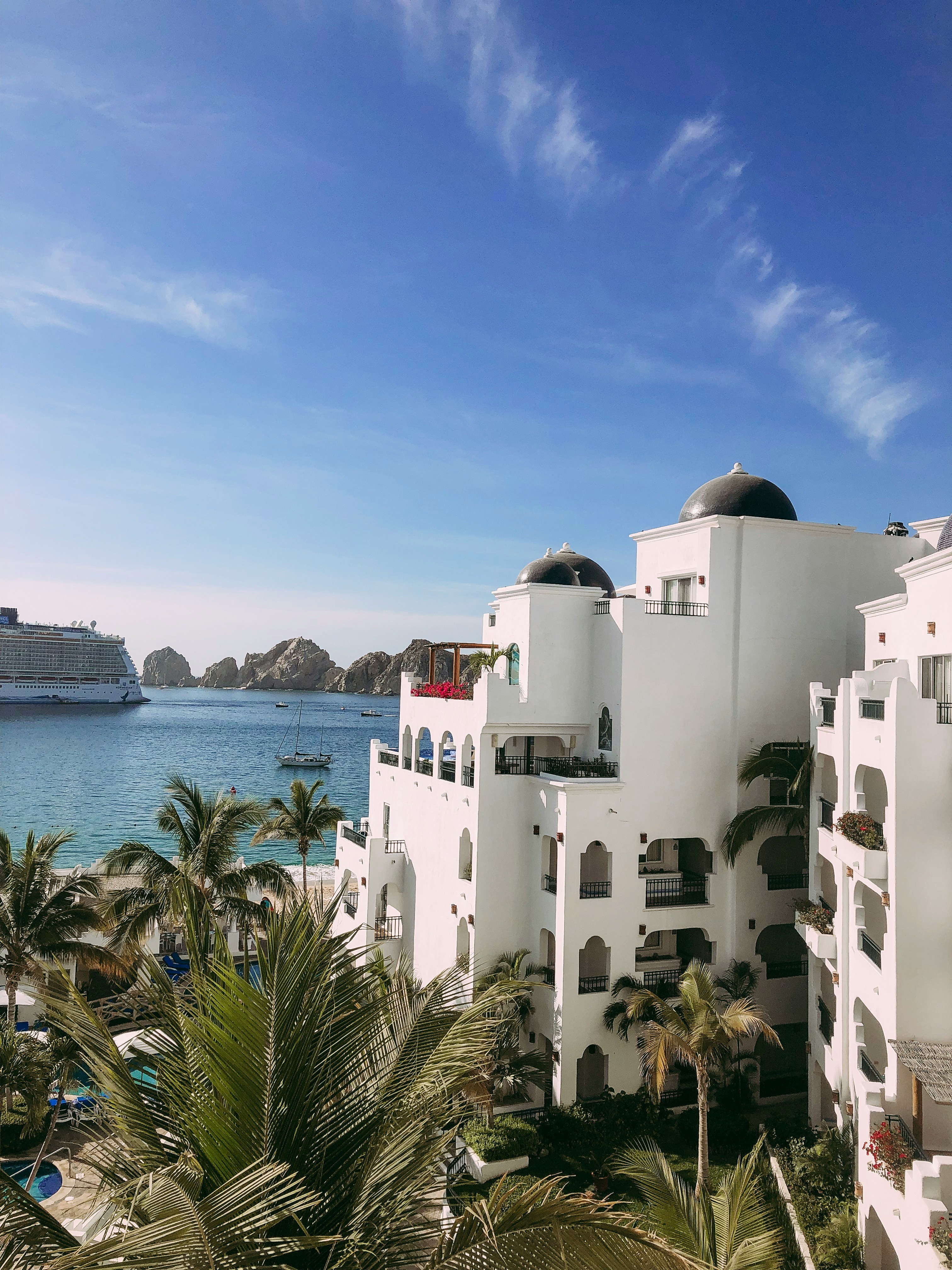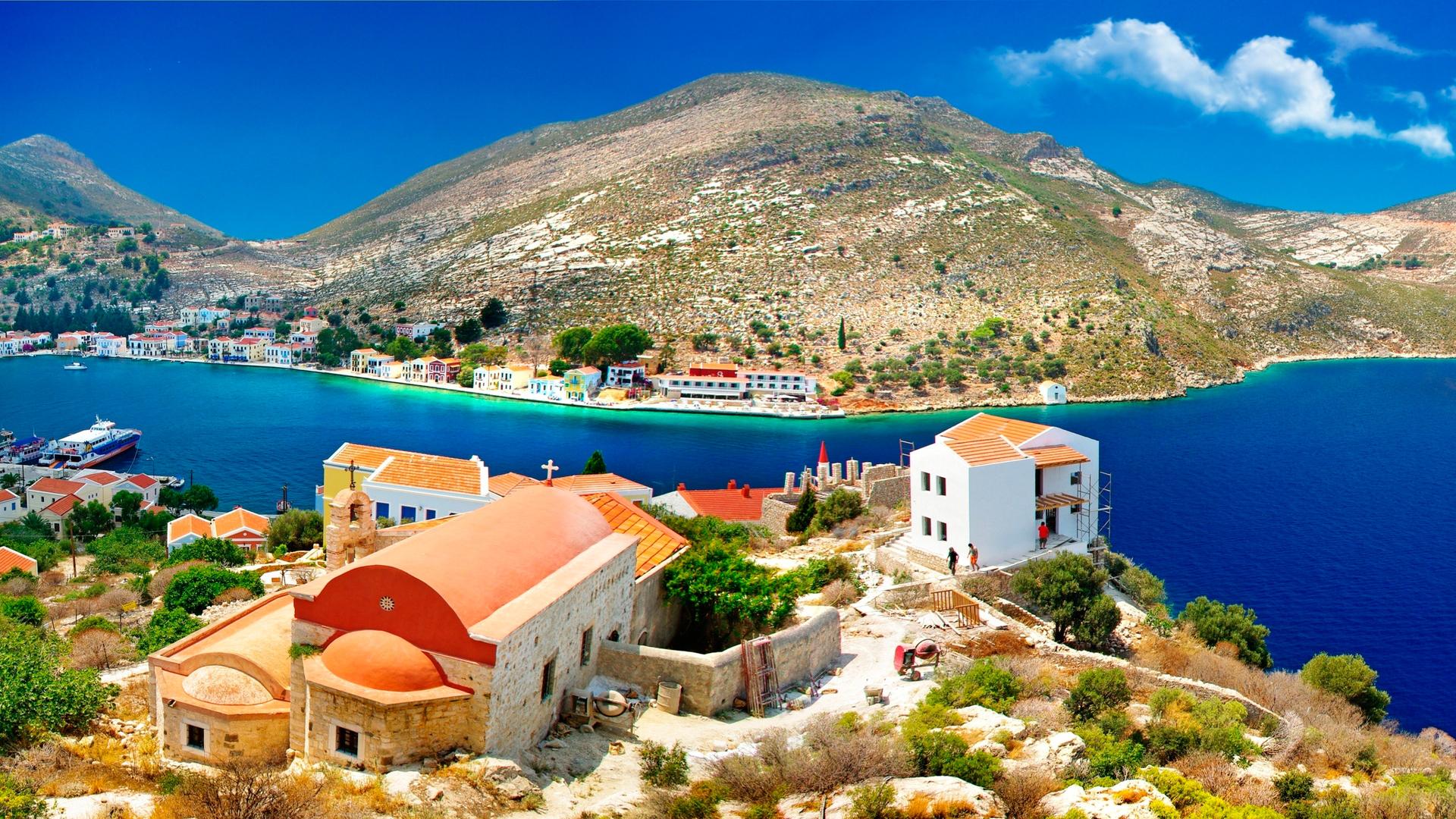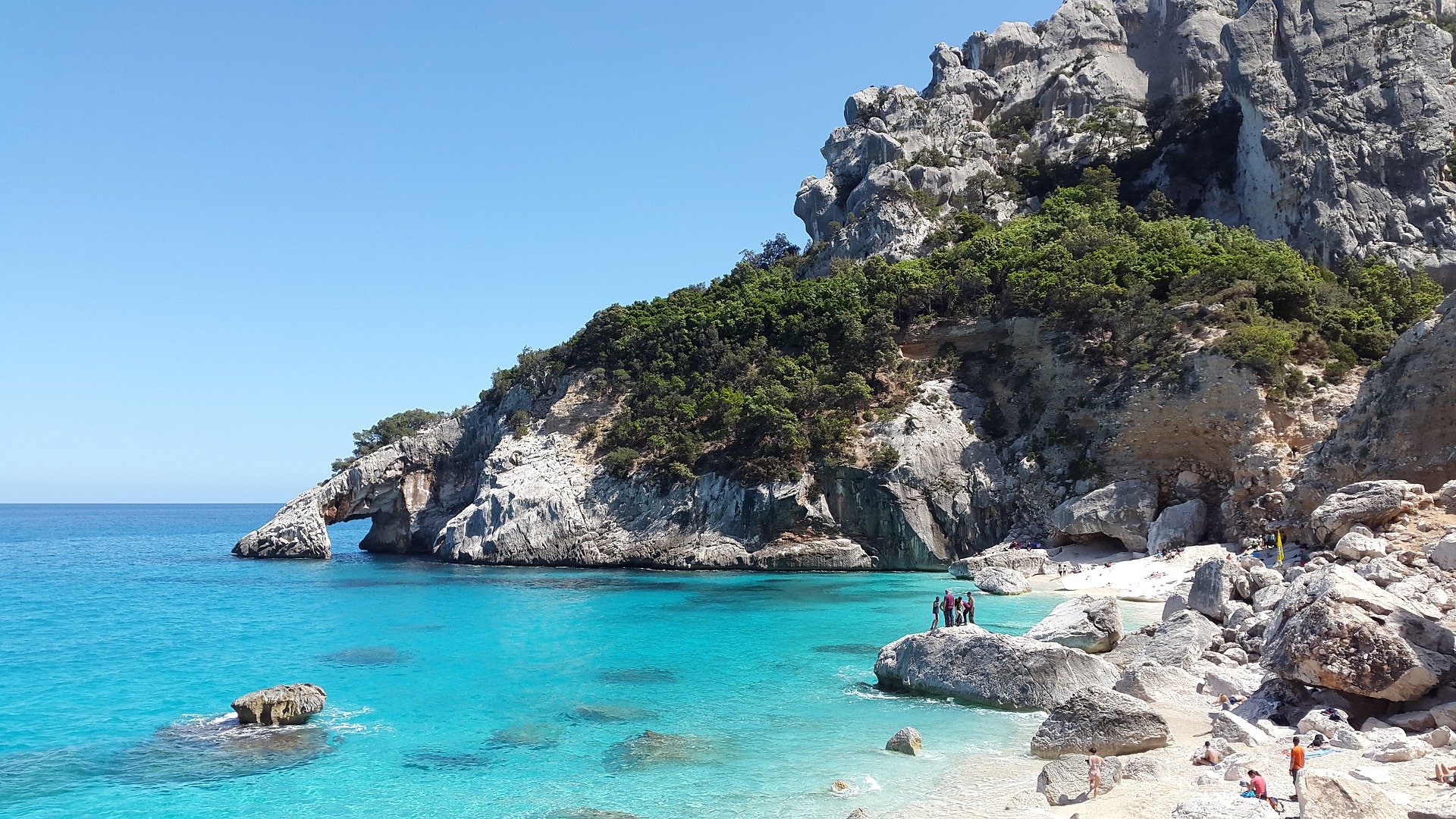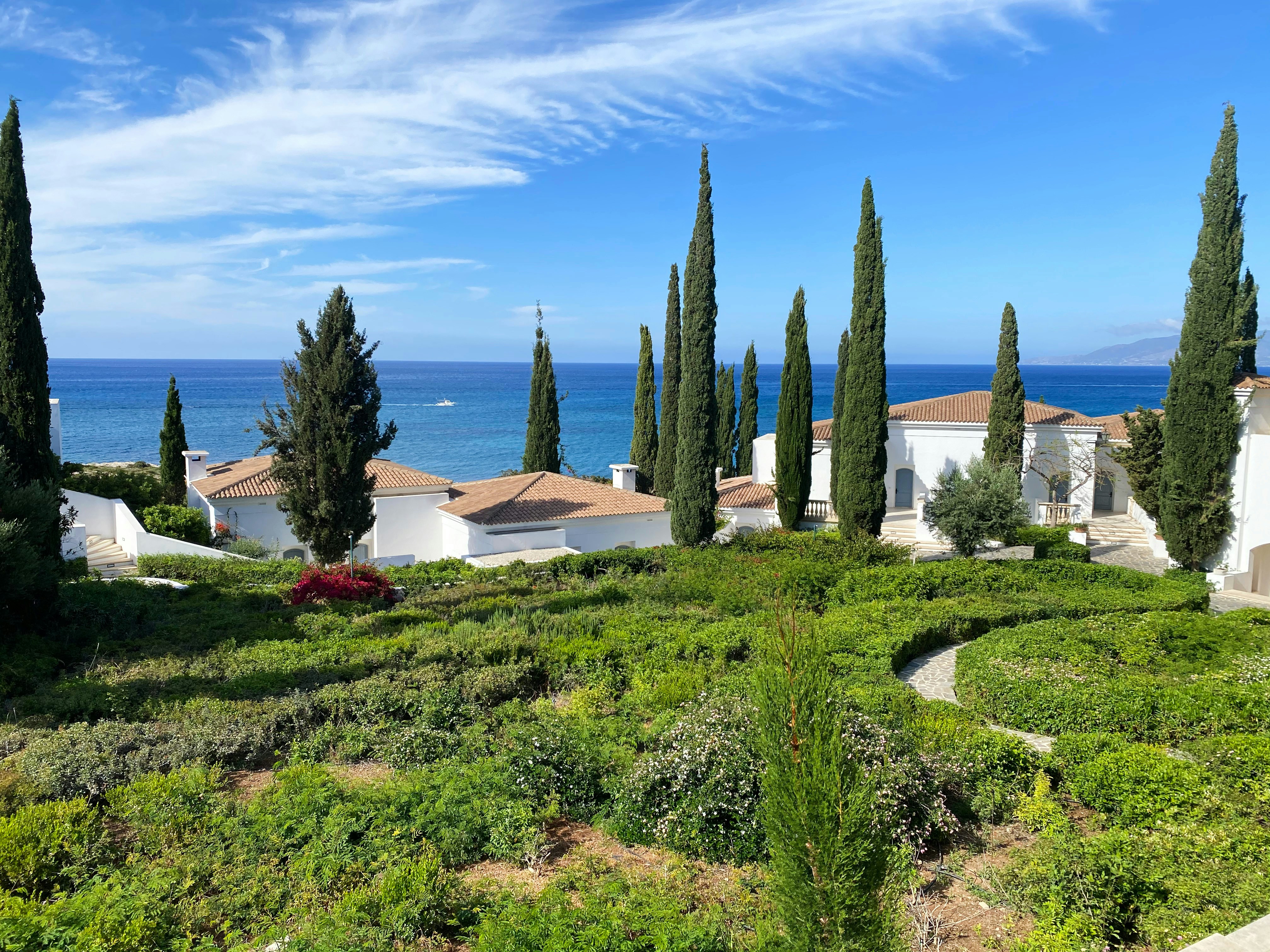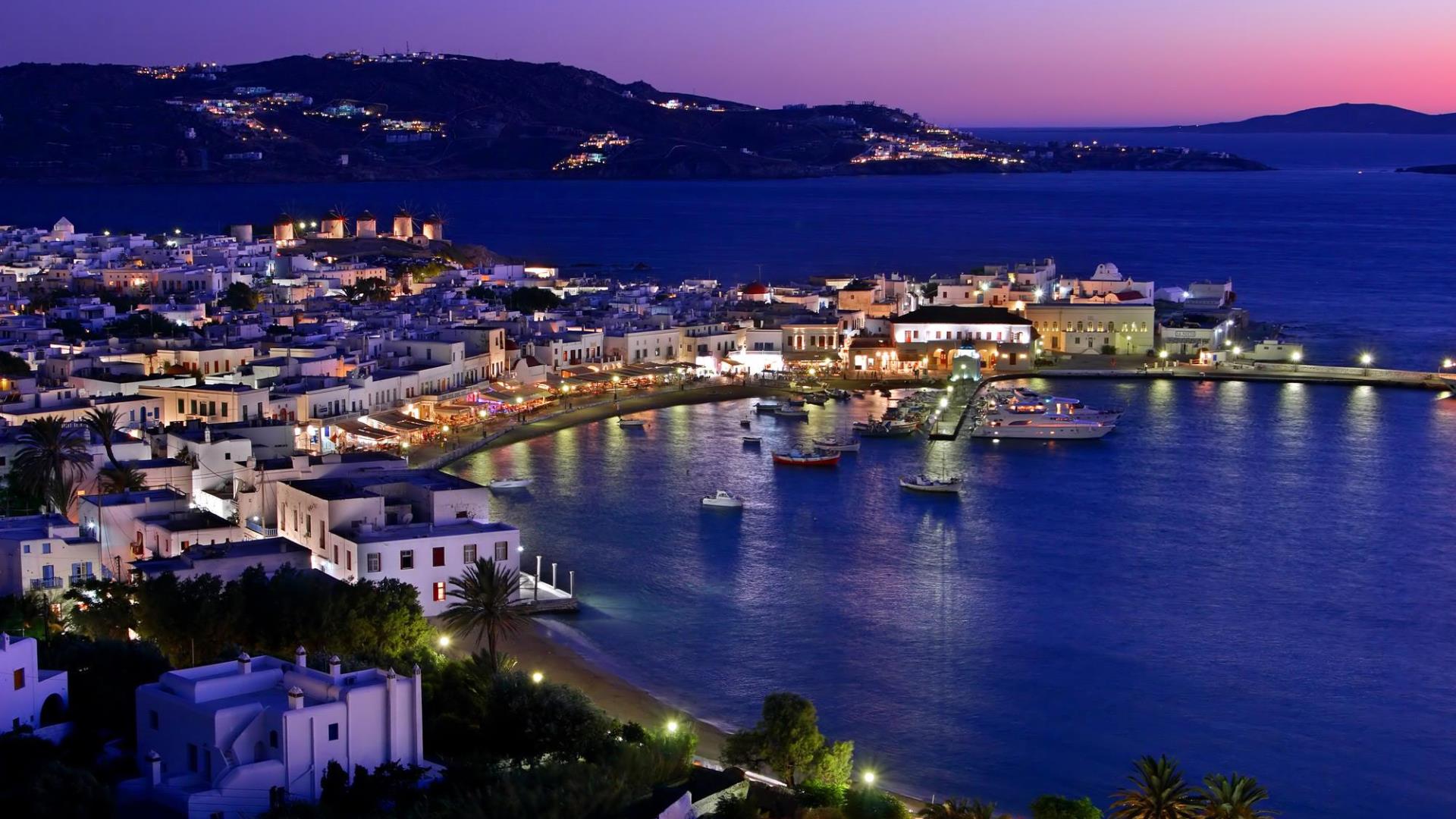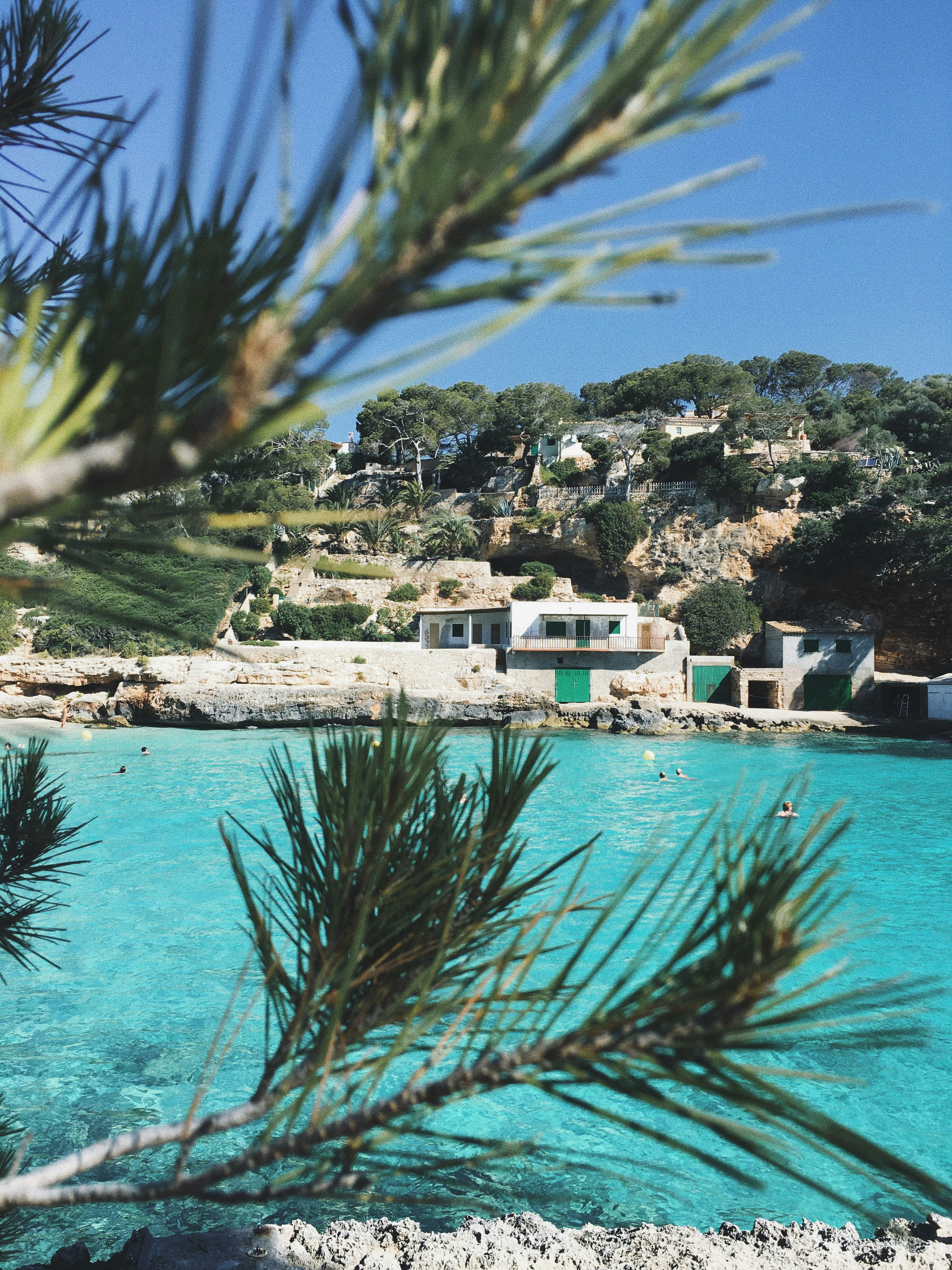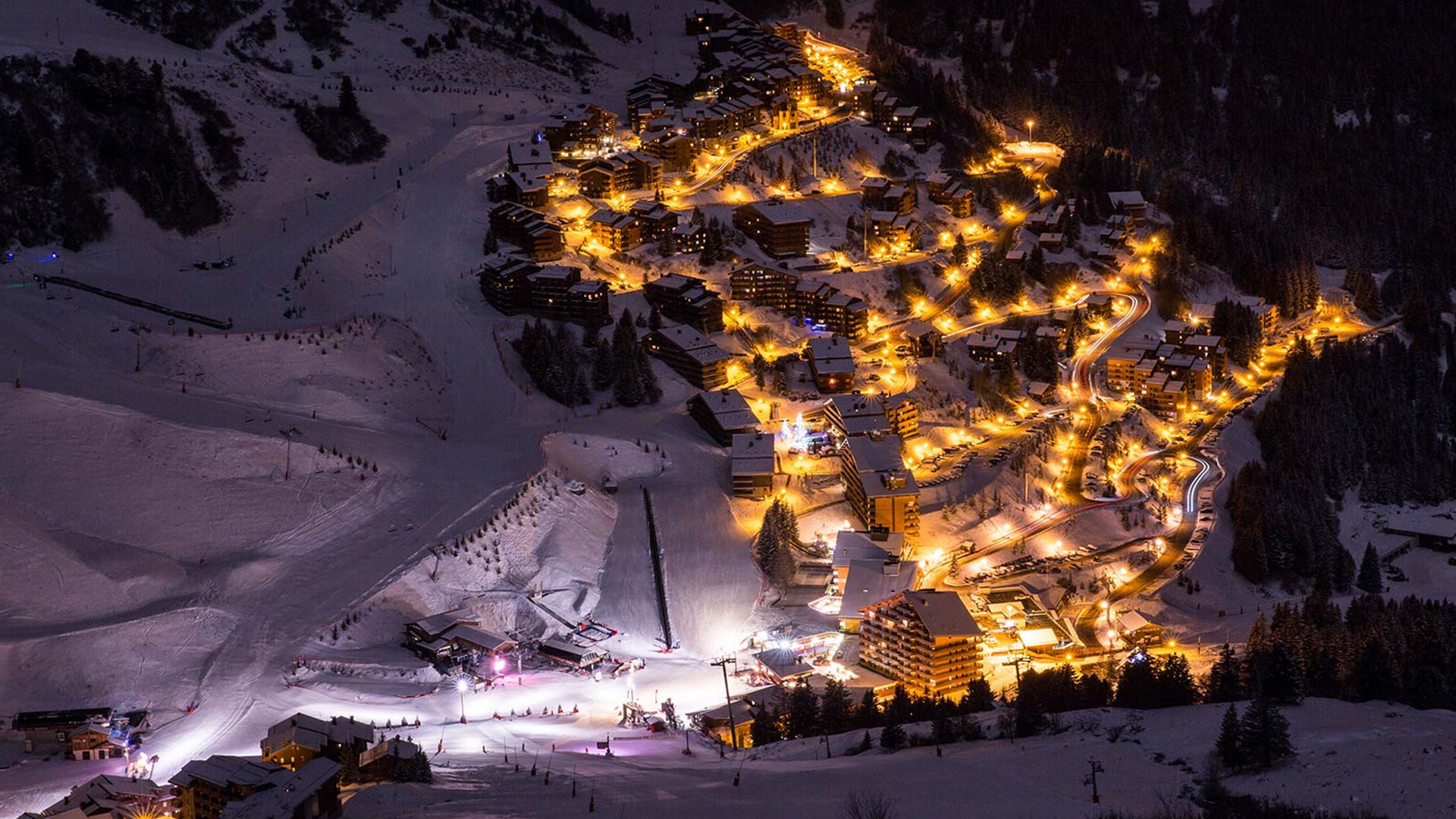Holidays in Rouen
The center of the Upper Normandy region and the Seine-Maritime department, Rouen was founded on the site of the ancient Roman settlement of Rotomagus. From a small village in the 5th to 10th centuries, it became the capital of the Duchy of Normandy in the 10th to 13th centuries. Rouen was heavily damaged during the French Revolution, and today a significant portion of the city's budget is devoted to maintaining its architectural heritage. The birthplace of writers Maupassant, Flaubert, and Maurois, it is located on both banks of the Seine, in one of its bends, in a picturesque hilly area. The northern bank is the historic center, while the southern bank serves as an industrial outskirts.
History has yet to find anything else to mark this city that would replace the name of Joan of Arc. So far, the most significant event in France took place here on May 30, 1431, in the market square. On this day, the flames of a bonfire lit by the English forever made a young simpleton from Lorraine a national legend.
The fact that Rouen hosted the world's first motor race (to Paris) in 1894, you'll agree, doesn't outweigh the fact. Maupassant tried to revive interest in Rouen with his story "Boule de Bouchée," but this kindly patriotic prostitute is merely a literary character!
Rouen has three supersites, all concentrated in the historic center of the city. The Gothic Notre-Dame Cathedral (begun in 1063, main construction in the 13th-16th centuries, spire from the 19th century)—a monumental, spiky structure with the tallest spire in Europe (total height 152 meters)—is supersite number one. This cathedral is completely unlike the twin-towered Notre-Dames in Picardy and Paris. This quintessentially British creation is a reminder of the land Normandy was in the early Middle Ages. Buried within the cathedral are Rollo, the first Duke of Normandy, who died in 933 and made Rouen the capital of his kingdom, and Henry II of England. The heart of Richard, the English king, is also preserved. His heart, as is well known, was that of a lion. Also note the Booksellers' Staircase inside. Claude Monet, who grew up in Rouen, frequently painted the cathedral, thereby making a significant contribution to its popularity.
The narrow pedestrian street, Rue du Gros Horloge, leads from the cathedral to the market square. The entire street can be considered a second supersite of the capital of Upper Normandy. The sloping, striped half-timbered houses (brick houses with timber frames) are the medieval architectural hallmark of Rouen. These ancient houses were lovingly restored after the battles of World War II. The most prominent are the Old House (Vieille Maison, 1466), the Hôtel d'Etancourt (its façade is covered with numerous statues), and the Gothic Palais de Justice (1508).
The medieval Gros-Horloge arch (a 14th-century clock tower) looms over the street of the same name. A giant clock face, with its hand indicating the hour, reveals the day by looking through the lower window. Those interested in the phases of the moon will be captivated by the bull's head hanging just above the arch, below the dial. The bull's eyes reveal all the information they need.
The Place du Vieux Marche (Old Market Square) is the city's third supersite. The site of Joan of Arc's execution is a patch of land in the middle of a small flower garden. A tall (20 m) but modest cross and a memorial plaque stand at the site. The flower garden adjoins the Church of Joan of Arc. Built in 1979 by the architect Louis Arretche, it has a very unusual shape. It's difficult to describe. It's made of curved iron structures that sometimes seem out of place. Guides claim the church is shaped like an overturned boat and that another church once stood on its site, destroyed by bombing. Incidentally, the church windows are shaped like fish.
The square is lined with ancient buildings, as one would expect. Among them is France's oldest restaurant, La Couronne (opened in 1345). It's an elegant, narrow, four-story tower decorated with flowers on the windowsills. Signature dishes include stuffed shanks of lamb, Norman soufflé, and duck à la Rouen (which is distinguished by the bone-grinding process), a local bank housed in the 15th-century Hôtel de Boiirgthcroulde, and the Joan of Arc Museum (a typical exhibit with manuscripts and dioramas).
Two other Gothic churches in Rouen, if not super-sites, are at least close to them. These are Saint-Maclou (1437-1524, with 16th-century carved doors nearby; a cemetery for plague victims, located on the route from the cathedral to the market square) and Saint-Ouen (founded in 1318, took about 100 years to build, enormous in size, with two 82-meter-high spiky towers, 14th-16th-century stained-glass windows, and sculptures of winged demons; located next to the town hall, slightly to the side of the cathedral). An equestrian statue of Napoleon stands in front of the town hall.
The Rouen Museum is worth a visit, but overall, the collections are generally above average. The Museum of Fine Arts doesn't have the best works by Veronese, Caravaggio, Bélazquez, and Poussin, but there are many sketches by Monet on the subject of Rouen Cathedral; there are also Russian icons from the 16th century. and a mural by Dufy, made for an exhibition at the Palais de Chaillot in 1937 - the panel depicts the Seine from Paris to Le Havre. The ceramics museum is across the street (local faience mixed with Chinese, and it must be said that the foreign one is superior). But in the Saint-Laurent church is the museum of metalwork. It is the largest collection of its kind in the world: cast-iron locks, nutcrackers, spiral staircases, torture instruments.
The tower of Joan of Arc, narrow and tall, resembling a pencil, is all that remains of the 13th-century castle of Philippe-Augustus. In the tower, Joan spent her last night before her execution; here the English interrogated and tortured her. The tower, in fact, was built in the 19th century (the castle was completely destroyed during World War II, and then the tower was specially restored with funds from the townspeople in memory of Joan).
The University of Upper Normandy is located in Rouen. It has been operating since 1966, with its main buildings located in the northern suburb of Mont-Saint-Aignan. There is A river port and numerous industrial enterprises (textiles, chemicals, electrical engineering, oil, clothing, and paper). A maritime museum is dedicated to navigation on the Seine. To facilitate connections between the city's north and south banks, a high-speed tram was launched in 1994 (it runs underground in the city center).
In the western suburb of Canteleu is a 17th-18th-century castle and the Casa Croisset (the former estate of Gustave Flaubert, which houses a museum dedicated to the writer). Flaubert was a confirmed homebody and worked at night. The light in his window served as a beacon for the skippers of ships sailing along the Seine.

